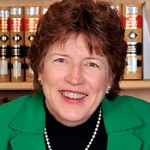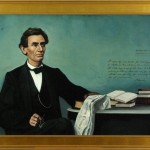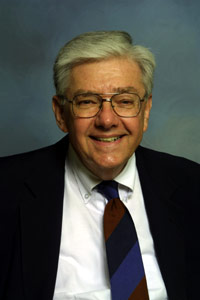The Law School Welcomes Visiting Professor Mary Beth Beazley
 This semester, the law school is hosting another highly-esteemed professor as a Robert E. Boden Visiting Professor of Law: Mary Beth Beazley. Professor Beazley is Associate Professor of Law and Director of Legal Writing at the Ohio State University Moritz College of Law. She has taught at Ohio State for more than 20 years, and taught at Vermont Law School and the University of Toledo before that.
This semester, the law school is hosting another highly-esteemed professor as a Robert E. Boden Visiting Professor of Law: Mary Beth Beazley. Professor Beazley is Associate Professor of Law and Director of Legal Writing at the Ohio State University Moritz College of Law. She has taught at Ohio State for more than 20 years, and taught at Vermont Law School and the University of Toledo before that.
Professor Beazley is the author of numerous articles related to legal writing, and one of the most widely-used textbooks in law school Appellate Advocacy courses (including our own): A Practical Guide to Appellate Advocacy . She served as the Legal Writing Institute’s President from 1998 until 2000; served as editor-in-chief (and member of the board of editors) for Legal Writing: The Journal of the Legal Writing Institute. She is also the immediate past president of the Association of Legal Writing Directors (ALWD).
In 2006, Professor Beazley’s excellence in teaching, writing, and service earned her the prestigious Thomas F. Blackwell award, given each year by the Legal Writing Institute and ALWD, to recognize a person who has demonstrated “an ability to create and integrate new ideas for teaching and motivating legal writing educators and students.” Furthermore, in 2008 she received the Burton Award for Outstanding Contributions to Legal Writing Education.
In short, she is one of the most-accomplished and well-regarded professors in the legal writing field. It is a privilege to have her teaching here in our program for a semester.


